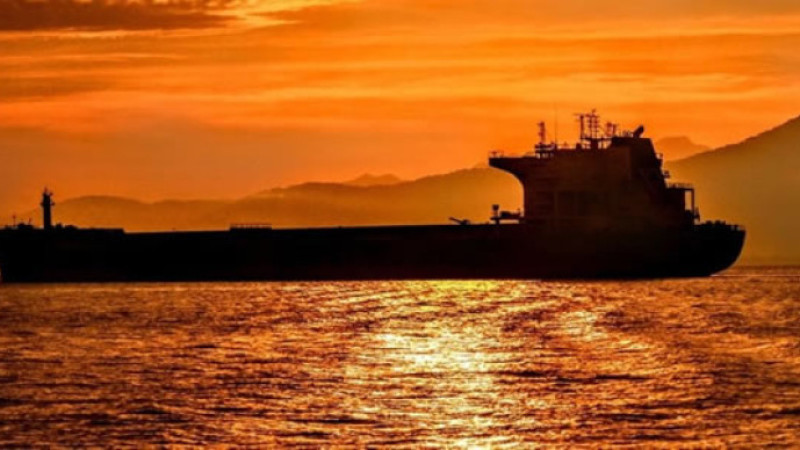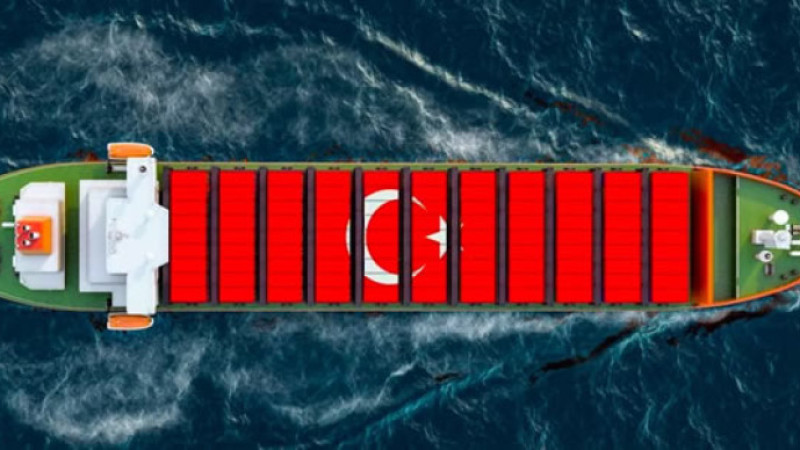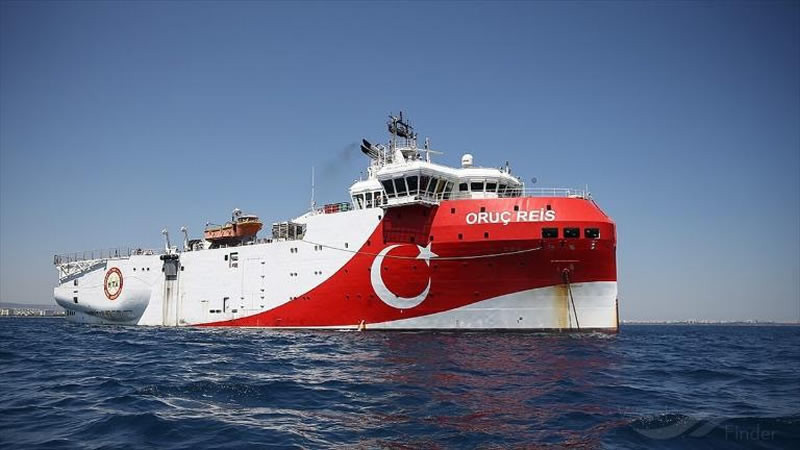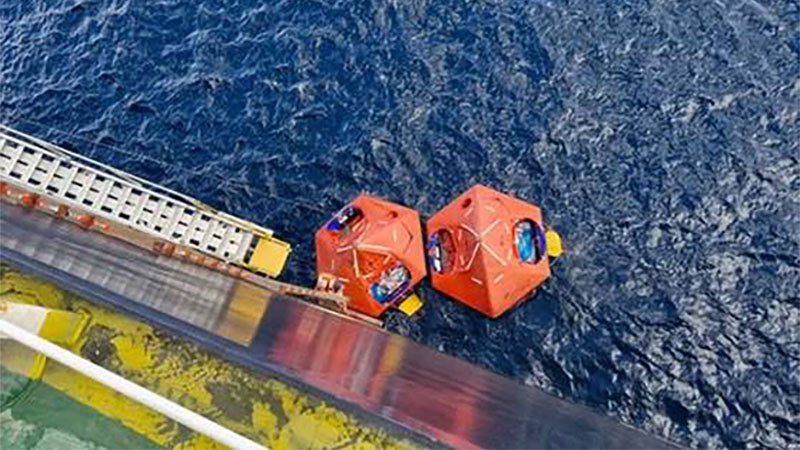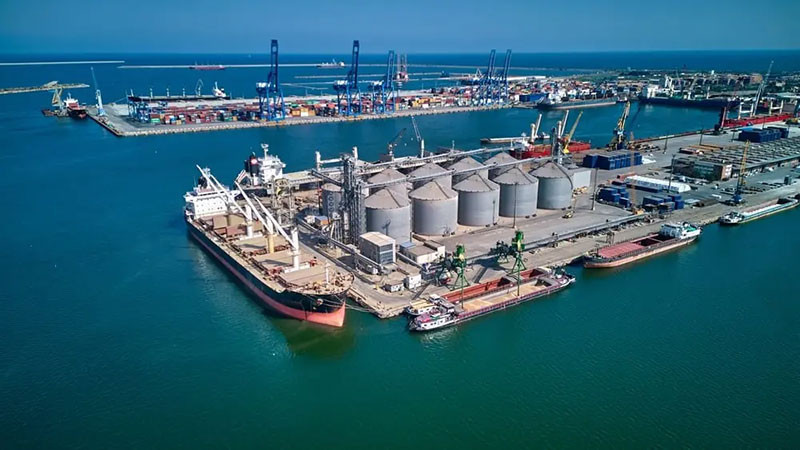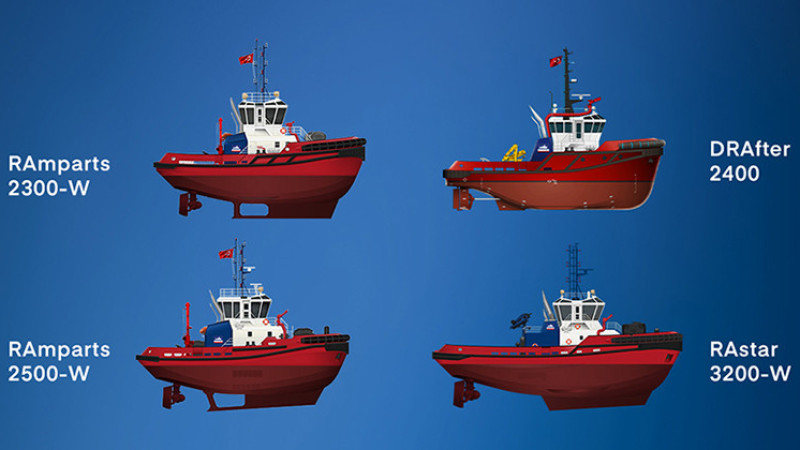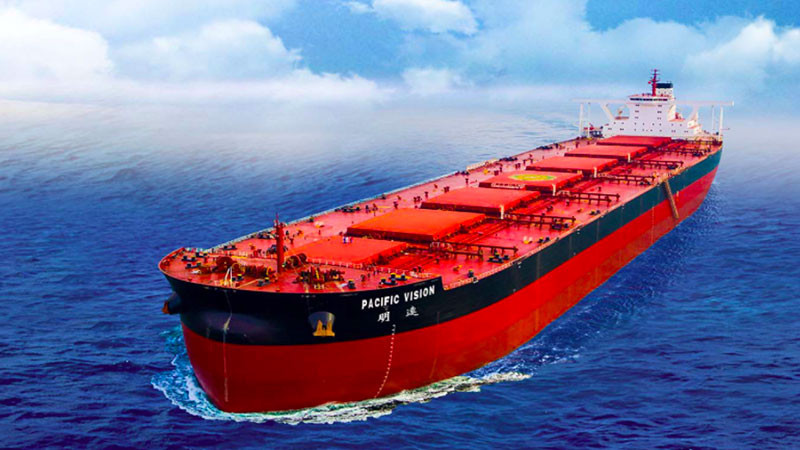Hormuz in Flux: Oil Flows Face Risk
Following U.S. airstrikes on Iran’s nuclear facilities over the weekend—triggered by escalating Israel-Iran tensions—global energy markets remain on edge.

While maritime traffic through the Strait of Hormuz continues, several tankers have reportedly aborted their planned transits, making U-turns before entering the strategic waterway.
Iran Threatens Closure
Shortly after the U.S. strikes, Esmaeil Kowsari, a member of Iran’s Parliamentary National Security Commission, announced that the parliament had concluded the Strait should be closed. However, he noted that the final decision rests with the Supreme National Security Council.
Although there has been no dramatic drop in vessel numbers so far, the focus on Hormuz—one of the world’s most vital trade arteries—has intensified.
Six Tankers Turn Back
According to MarineTraffic data, as of last night, six major tankers altered course before entering the Strait:
-
The Marie C, en route from Fujairah (UAE) to Kuwait, reversed direction and is now anchored in the Gulf of Oman.
-
The UK-flagged Kohzan Maru, which departed Japan’s Niigata Port on May 29, is currently waiting in the Gulf of Oman.
-
The Panama-flagged Red Ruby made a U-turn after departing Fujairah on June 18.
-
South Korea’s South Loyalty, which left Ulsan on May 14 for a crude oil pickup in Basra, first turned back, then resumed its course toward Hormuz.
-
The Hong Kong-flagged Coswisdom Lake and Norway’s Damsgaard also exhibited similar evasive maneuvers.
A Global Energy Chokepoint
The Strait of Hormuz remains one of the most critical corridors for global energy security:
-
Roughly one-third of all seaborne crude oil passes through the Strait—about 20 million barrels per day, accounting for one-fifth of global oil consumption.
-
Around 20% of global LNG trade also transits this route.
By country:
-
35% of Saudi Arabia’s, 20% of the UAE’s, and 17% of Iraq’s oil exports pass through Hormuz.
-
85% of Iraq’s total oil exports rely on the Strait.
-
Iran’s oil is largely shipped to China.
-
87% of Qatar’s LNG exports go to Asia, while 13% are destined for Europe.
As developments unfold, any potential closure of the Strait could trigger severe disruptions in global energy markets.


